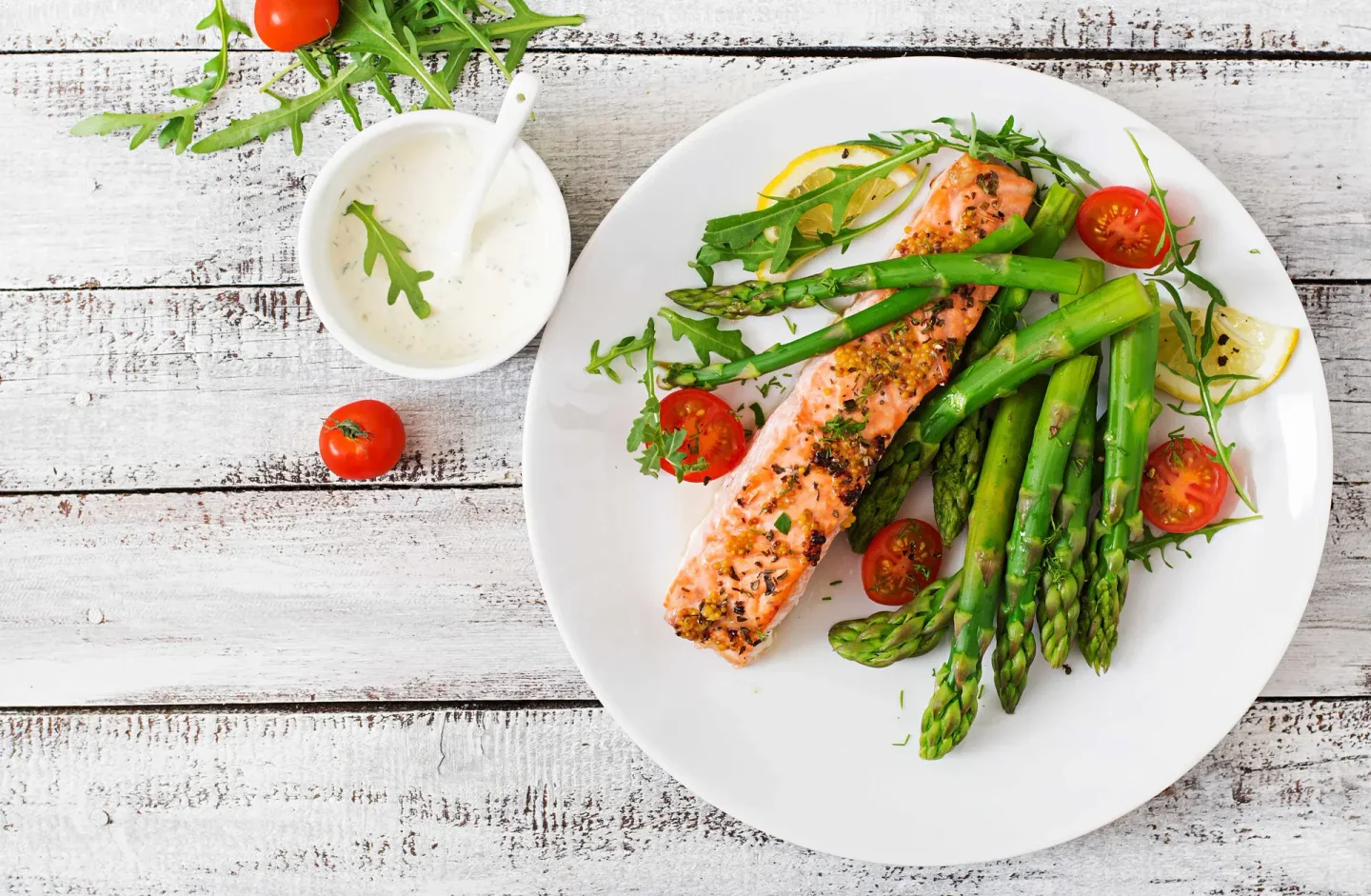The Top Natural Sources of Vitamin D

Top Vitamin D Benefits
You probably know that vitamin D is crucial for bones because it is required for calcium absorption — but that’s just the tip of the iceberg.
Did you know vitamin D has been linked to reduced cancer risk, reduced risk of Alzheimer’s, and even helps prevent diabetes? Keep reading to discover even more surprising benefits of the commonly referred to “sunshine vitamin.”
The Top 10 Vitamin D Food Sources
From caviar to raw oysters, the top 10 vitamin D-rich foods may surprise you…

1. Wild-Caught Salmon
2. Canned Sardines
3. Raw Oysters
4. Cod Liver Oil
5. Canned Tuna
6. Shrimp
7. Fortified Foods
8. Caviar
9. Egg Yolks
10. Mushrooms
Does Cooking or Processing Affect Vitamin D Content of Foods?
You have probably heard that cooking can diminish vitamins in food, especially plant foods. Vitamin B and C are the most vulnerable to heat and are lost in vegetables and fruit when steamed or boiled because they leach into cooking water. But what about vitamin D?
The effect of cooking on the vitamin D content in fish varies depending on the variety of fish. Research from 2009 found that when salmon was baked, almost all of the vitamin D content (240 IU of vitamin D3) remained from 3.5 ounces of salmon. The initial amount in the uncooked salmon was 245 IU of vitamin D3. However, when the salmon was fried in vegetable oil, only 50% (123 IU) remained.
A study from 2014 looking at the impact of cooking on vitamin D3 in eggs, margarine and grains (boiling, frying and baking) showed the level of vitamin D in eggs and margarine in an oven for 40 min at normal cooking temperature retained only 39-45%. Frying was better, at 82-84%. Boiled eggs retained 86-88% of their vitamin D. The retention of vitamin D in rye bread at 69% was lower than in wheat bread at 85%. The researchers stated, “Vitamin D retention after cooking should be taken into account in future calculations of dietary intake of vitamin D.”
On the other hand, according to scientist Michael F. Holick, vitamin D levels in mushrooms remain intact when cooked. Holick says the heat may even make vitamin D easier for people to absorb.
Note: Defatting milk, meaning skim or 1%, does not affect absorption of vitamin D. Even though D3/cholecalciferol, the form added to cow’s milk, is fat-soluble – so you’d think there might be less in fat-free milk, vitamin D in any type of milk is mainly bound to the proteins in it, not fat. And it is in the proteins that vitamin D is transported in the blood.
The Benefits of Vitamin D
Vitamin D is different from other vitamins in that it influences your entire body.
Receptors that respond to vitamin D have been found in almost every type of cell from your brain to your bones. The primary function of vitamin D is to help absorb calcium and phosphorus in your intestines, and this affects a multitude of essential processes. Optimizing your vitamin D levels could help you to prevent a dozen types of cancer (including pancreatic, lung, breast, ovarian, prostate and colon). In fact, research states that 600,000 cases a year of breast and colorectal cancer could be prevented by adequate intake of vitamin D.
Beyond cancer, increasing vitamin D3 could ward off other diseases that claim one million lives worldwide each year, according to the World Health Organization. Having a healthy amount of vitamin D is known to reduce heart disease, diabetes, inflammatory bowel disease, Rheumatoid arthritis, multiple sclerosis and, of course, osteopenia and osteoporosis.
For more on vitamin D, go to our Vitamin D Benefits page.
The Best Way to Get Your Vitamin D is to Supplement!
Unless you can afford to take a sunny holiday closer to the equator once a month, you’ll need to take bottled sunshine.
The Institute of Medicine (IOM) recommends a daily intake of 600 IU for adults up to 50 years of age; 600 IU for adults 51 to 70 years of age; and 800 IU for adults 71 years or older.
However, most experts and organizations in the vitamin D research community disagree. The Vitamin D Council, for instance, recommends adults get 5,000 IU per day. The IOM assures supplemental vitamin D intakes of up to 4000 IU a day is safe, while researchers maintain 10,000 IU per day has shown no danger.
Best to test!
Rather than guessing at the level of supplementation, if any, is needed, we recommend asking your doctor for a circulating vitamin D blood test to find out exactly what level you have in your bloodstream. After receiving your test results, you can discuss where your current levels are and what you can do to increase or maintain your levels. We recommend you take the test now so that you can make use of the summer sun to top up your vitamin d, if you are low.
In addition to vitamin D, other fat-soluble items such as K2 and calcium should be taken together as they work synergistically to support strong bones. They also work well with other minerals like magnesium and zinc.
Our flagship product, AlgaeCal Plus, contains 1600 IU of D3 along with the other synergistic minerals and vitamins that boost vitamin D’s effectiveness. Learn more here.
1600 IU per day is sufficient for many, but be sure to get tested as circulating vitamin D can vary quite a lot from one person to another. Then, you can top up accordingly.
Please don’t leave vitamin D to chance. As you know, it affects just about every tissue in your body – not just your bones. So get out in the sun for vitamin D!







